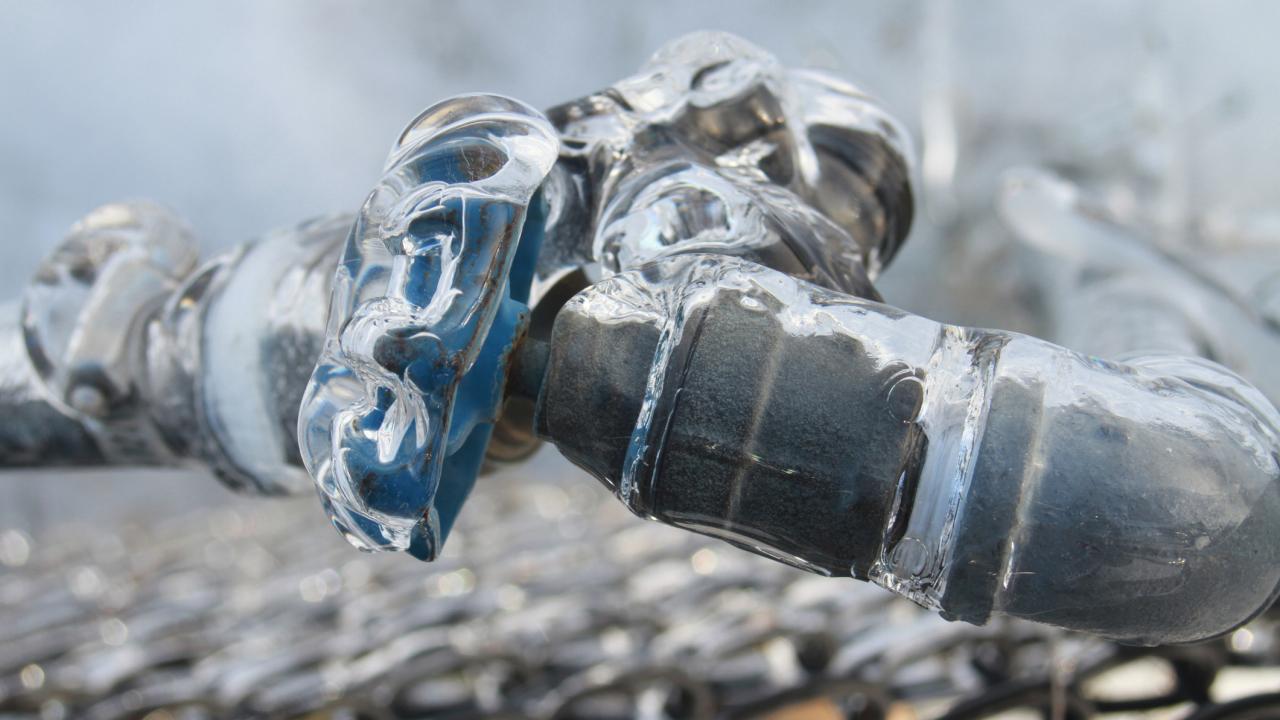How to Avoid Frozen Pipes in Cold Weather: Professional Advice
How to Avoid Frozen Pipes in Cold Weather: Professional Advice
Blog Article
Have you been interested in information around Prevent Frozen Pipes ?

Cold weather can wreak havoc on your pipes, specifically by freezing pipes. Below's just how to stop it from happening and what to do if it does.
Intro
As temperature levels decrease, the risk of frozen pipelines boosts, potentially leading to pricey repair work and water damage. Recognizing exactly how to prevent icy pipes is critical for house owners in cold environments.
Prevention Tips
Shielding susceptible pipelines
Wrap pipelines in insulation sleeves or use warm tape to protect them from freezing temperatures. Concentrate on pipelines in unheated or exterior locations of the home.
Heating methods
Maintain interior areas properly heated up, especially areas with plumbing. Open cabinet doors to enable cozy air to flow around pipes under sinks.
Exactly how to determine icy pipelines
Look for reduced water circulation from taps, unusual odors or sounds from pipelines, and visible frost on exposed pipes.
Long-Term Solutions
Structural changes
Take into consideration rerouting pipes far from exterior wall surfaces or unheated areas. Add added insulation to attics, cellars, and crawl spaces.
Updating insulation
Purchase high-grade insulation for pipes, attics, and walls. Appropriate insulation helps preserve consistent temperatures and lowers the danger of frozen pipes.
Securing Exterior Pipes
Garden hose pipes and outside taps
Separate and drain pipes garden tubes before winter season. Set up frost-proof spigots or cover outside faucets with protected caps.
Comprehending Icy Pipes
What creates pipes to freeze?
Pipes ice up when subjected to temperatures listed below 32 ° F (0 ° C) for extended periods. As water inside the pipelines ices up, it expands, taxing the pipeline walls and possibly creating them to burst.
Dangers and damages
Icy pipes can lead to water disturbances, residential property damage, and pricey repairs. Ruptured pipelines can flood homes and create substantial architectural damage.
Signs of Frozen Water Lines
Recognizing icy pipelines early can stop them from bursting.
What to Do If Your Pipelines Freeze
Immediate activities to take
If you suspect icy pipes, maintain faucets open to soothe pressure as the ice melts. Utilize a hairdryer or towels taken in hot water to thaw pipes gradually.
Final thought
Preventing frozen pipes needs proactive procedures and quick actions. By understanding the causes, indicators, and preventive measures, house owners can safeguard their plumbing throughout winter.
5 Ways to Prevent Frozen Pipes
Drain Outdoor Faucets and Disconnect Hoses
First, close the shut-off valve that controls the flow of water in the pipe to your outdoor faucet. Then, head outside to disconnect and drain your hose and open the outdoor faucet to allow the water to completely drain out of the line. Turn off the faucet when done. Finally, head back to the shut-off valve and drain the remaining water inside the pipe into a bucket or container. Additionally, if you have a home irrigation system, you should consider hiring an expert to clear the system of water each year.
Insulate Pipes
One of the best and most cost-effective methods for preventing frozen water pipes is to wrap your pipes with insulation. This is especially important for areas in your home that aren’t exposed to heat, such as an attic. We suggest using foam sleeves, which can typically be found at your local hardware store.
Keep Heat Running at 65
Your pipes are located inside your walls, and the temperature there is much colder than the rest of the house. To prevent your pipes from freezing, The Insurance Information Institute suggests that you keep your home heated to at least 65 degrees, even when traveling. You may want to invest in smart devices that can keep an eye on the temperature in your home while you’re away.
Leave Water Dripping
Moving water — even a small trickle — can prevent ice from forming inside your pipes. When freezing temps are imminent, start a drip of water from all faucets that serve exposed pipes. Leaving a few faucets running will also help relieve pressure inside the pipes and help prevent a rupture if the water inside freezes.
Open Cupboard Doors
Warm your kitchen and bathroom pipes by opening cupboards and vanities. You should also leave your interior doors ajar to help warm air circulate evenly throughout your home.

I found that content about Helpful Tips to Prevent Frozen Pipes this Winter while browsing the web. Remember to take the time to promote this post if you liked it. Many thanks for your time. Revisit us soon.
Book A Service Call Report this page